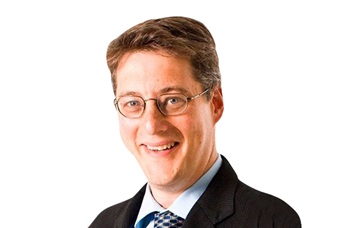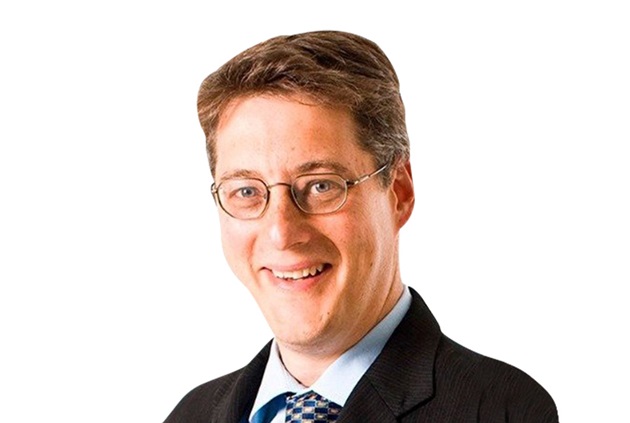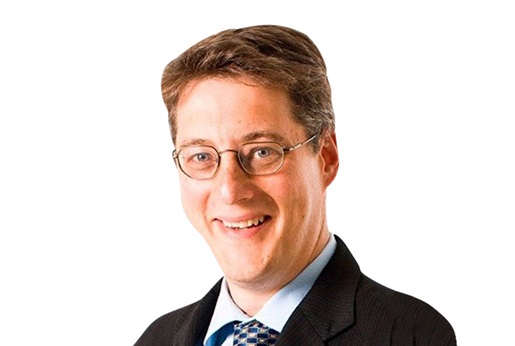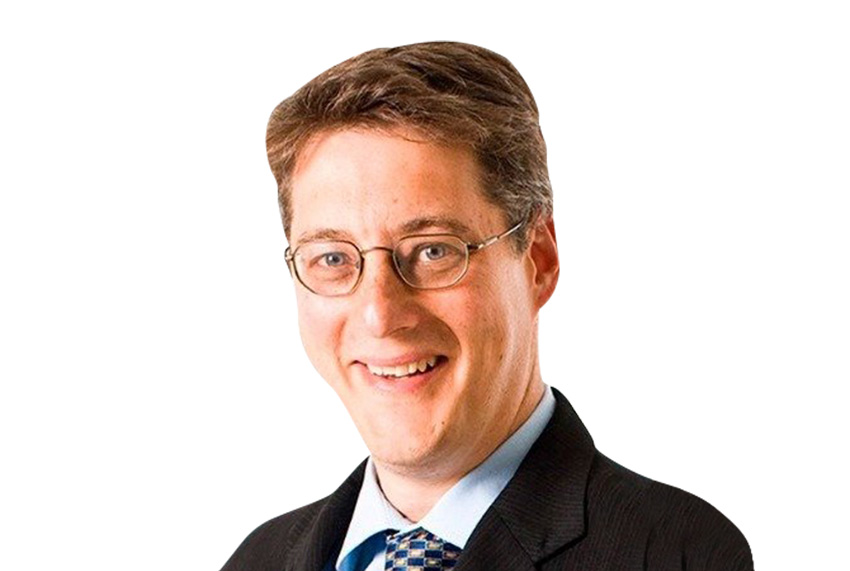Superior Capsular Reconstruction: The salvage of shoulders
The most common tendon affected in rotator cuff tears is the supraspinatus. "Most tears are repairable if they are less than four or five centimetres in size. But when they get to over four to five centimetres, known as ‘massive’ tears, they cannot be directly repaired," says Professor Len Funk. Superior Capsular Reconstruction has brought new hope though to patients with this presentation.
Professor Funk is a shoulder surgeon who regularly sees patients with these types of injuries at The Arm Clinic. The clinic is at The Wilmslow Hospital part of HCA UK, in Cheshire. He specialises in sports and soft tissue injuries of the shoulder, often performing pioneering surgery for massive irreparable cuff tears.
"The beauty of the shoulder is it is not just one joint; it's at least five articulations and about 30 muscles acting in perfect synchrony providing mobility. The shoulder is far more reliant on the muscles and tendons to give stability to the joint than other joints, because it's a large ball on a small socket. This is why it’s so difficult to repair," says Professor Funk.




Some patients seen by Professor Funk have been diagnosed with a massive irreparable cuff tear. Suffering for years, the typical patient is a middle-aged person who remains busy in their daily lives, from joiners and builders, to people who are active with sports. "Raising their arm up is very painful and it's not the fact that it's just weak, patients struggle to even lift their arm," says Professor Funk.
A lot of patients with massive irreparable rotator cuff tears will also have had operations that have failed. "Roughly over 50% of them have had attempted or failed repairs, including revision surgery," says Professor Funk.
Superior Capsular Reconstruction or SCR has vastly improved the lives of patients with massive irreparable cuff tears. It is minimally invasive keyhole surgery where a graft of human tissue is stitched to the joint – to the ball on one side and to the socket on the other side. The graft is also stitched to the tendons to secure the graft between the socket and the arm, so the tendons can grow into the mesh. This reproduces the function of the native rotator cuff after physiotherapy. "SCR is a salvage operation. It's an operation where there's no other options left," says Professor Funk.
SCR was first pioneered by Teruhisa Mihata, from Japan. Professor Funk first learned about the technique when the surgeon visited the UK in 2012. He recalls "It almost made no sense because it was so different to anything else we had practiced for cuff tears. I wanted to learn more, so I visited Mr Mihata in Japan in 2013. I then became one of the first people to start performing SCR in the UK."
Professor Funk started to use autografts for tendon replacement, using a tendon from the leg. Surgeons in America also started using this technique and further developed the procedure with allograft donor tissue. This refined version of SCR is now the most common technique performed globally.
The graft works mechanically and is centralised to the joint, but it also needs cells and tissues to grow into. If the patient’s tissues cannot support the graft, then it won’t heal properly. "We have seen failures of healing and we've then also seen failures of grafts down the line," says Professor Funk. Recalling previous surgery techniques, Professor Funk states, "Before, there wasn’t really a technique that gave reliable results for massive irreparable cuff repairs, but you could try tendon transfers or reverse shoulder placements. The reverse shoulder replacement is still a good technique to use, though not for younger people because it will eventually wear out and need revising later."
For SCR patients in the long term, they may still end up needing a shoulder replacement. "At the moment SCR is ideal for younger patients who are active and reliant on their shoulder to work. We are still assessing the long-term data. It may be a long-term solution as there is a lot of potential with this technique," says Professor Funk.
Overall, SCR has revolutionised repairing massive irreparable cuff tears. "The technique does not pull on the tendons, it’s slightly less tension and less aggressive on the muscle and joint. This means less pain and better recovery for patients," states Professor Funk.
During a patient's post-op recovery, Professor Funk and the physiotherapy team assess progress using outcome scores, looking at improvements in strength and range of movement. Professor Funk says "After SCR surgery and physiotherapy, a lot of patients with this serious injury have managed to return to all sorts of active jobs. Before, massive irreparable cuff repairs could have ended their careers."
"We never make patients any promises because it is a fairly new operation," states Professor Funk. "We never tell patients it's a shorter recovery time, but SCR is less painful than a large rotator cuff repair. And as a result, this means better recovery."
SCR is a technique that has revolutionised massive irreparable cuff tears. "Our understanding of the shoulder has evolved," says Professor Funk "and from our better understanding, the patients benefit."